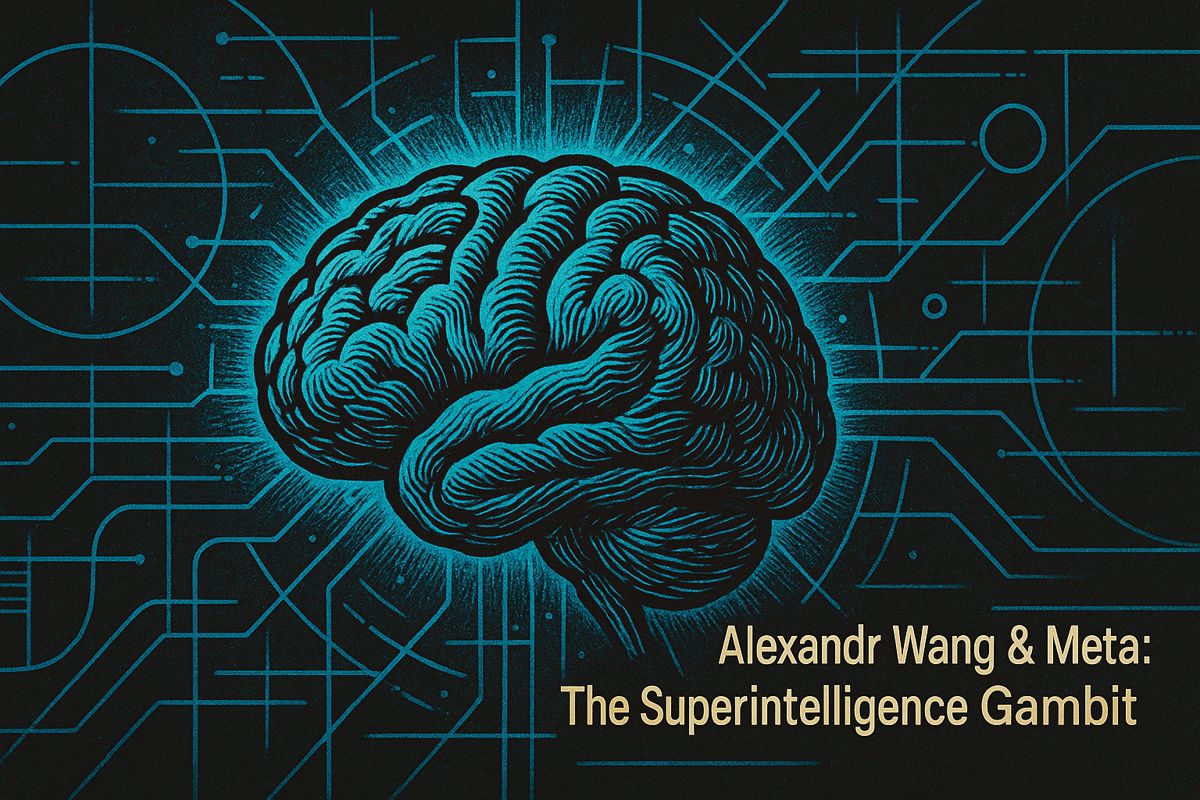In 2025, most workers feel disconnected from big changes at work, leading to huge losses and missed goals. The best ways to keep employees involved include using smart technology for personal support, flexible work options, and quick, regular feedback. When people see how changes affect their own jobs, they care more and resist less. Companies that use these modern tactics see higher engagement, stronger teams, and big savings. Leaders who focus on clear, personal communication turn challenges into success for everyone.
What are the most effective employee engagement strategies for organizational transformation in 2025?
The most effective employee engagement strategies in 2025 include: 1) personalized change experiences using AI-driven platforms, 2) hybrid work infrastructure with advanced collaboration tools, and 3) real-time feedback loops. These approaches drive higher engagement, faster adaptation, and improved retention during transformation.
In 2025, only 21 % of employees worldwide are engaged, while 17 % are actively disengaged – the lowest levels since the pandemic. These numbers represent more than statistics; they signal a critical challenge for leaders steering major organizational transformations.
From Strategy to Daily Reality: The Engagement Gap
Research consistently shows that strategic change initiatives fail when employees cannot connect corporate vision to their daily work. Organizations lose $438 billion annually to disengagement-related productivity losses, with broader estimates reaching 8.9 % of global GDP.
Why Traditional Approaches Fall Short
| Change Communication Level | How Employees Respond |
|---|---|
| Company-wide announcements | 23 % feel informed |
| Department-level updates | 34 % understand impact |
| Individual role-specific guidance | 67 % see personal relevance |
The data reveals a clear pattern: relevance drives engagement. When employees understand how transformation affects their specific tasks, resistance drops significantly.
Modern Engagement Tactics That Work
1. Personalized Change Experiences
Leading organizations now use AI-driven platforms to create individual transformation roadmaps. These tools analyze:
- Employee sentiment in real-time
- Skill gaps requiring development
- Preferred communication styles
- Career aspirations aligned with change
Companies like SuperAGI report 30 % higher skill development and 25 % improved retention using such personalized approaches[1].
2. Hybrid Infrastructure as Engagement Tool
With 55 % of organizations having adopted hybrid models, successful transformations now include:
| Hybrid Element | Impact on Engagement |
|---|---|
| Flexible scheduling | 29 % higher engagement vs on-site |
| Advanced collaboration tools | 50 % increase in participation rates |
| Seamless tech integration | 67 % of high performers report positive experience |
However, a perception gap exists: while 59 % of employers believe their hybrid setup works seamlessly, only 46 % of employees agree[2].
3. Real-Time Feedback Loops
The shift from annual surveys to continuous feedback enables:
- Weekly pulse checks showing transformation progress
- Instant sentiment analysis identifying resistance points
- Automated action planning addressing concerns within days, not months
Organizations using continuous feedback report 40 % faster issue resolution during changes.
Case in Point: Successful Transformation Stories
University Merger Integration
During a major university consolidation, leadership implemented:
- Standardized messaging across all communication channels
- Empowered communications team with decision-making authority
- Consistent narratives addressing employee concerns
Results showed higher town hall participation and more positive change messaging throughout transition[3].
Tech Company’s AI-Enhanced Training
Amazon’s 2025 transformation included AI-powered training programs resulting in:
- 25 % increase in engagement
- 30 % reduction in turnover
- $1+ million annual savings in customer service division alone[2]
Practical Implementation Framework
Week 1-2: Foundation Setting
- Conduct individual role impact assessments
- Deploy pulse surveys
- Establish two-way communication channels
Week 3-4: Personalization Phase
- Create role-specific change narratives
- Implement AI-driven feedback tools
- Launch peer change champion networks
Week 5-8: Adaptation and Refinement
- Analyze real-time feedback data
- Adjust strategies based on employee input
- Scale successful pilot programs
Key Metrics to Track
| Engagement Indicator | Baseline (2024) | Target (2025) |
|---|---|---|
| Understanding of personal impact | 34 % | 67 % |
| Willingness to recommend employer | 45 % | 72 % |
| Participation in change initiatives | 38 % | 65 % |
| Perceived leadership transparency | 41 % | 70 % |
Investment Priorities
Organizations are reallocating budgets to support engagement during transformations:
- 75 % increased spending on internal communication tools[4]
- 83 % of employees prioritize work-life balance over compensation[5]
- 74 % more likely to stay when employers invest in career development technology
The evidence is clear: successful organizational transformation in 2025 requires moving beyond corporate announcements to create personal, relevant, and continuous engagement experiences. Leaders who master this shift will turn their greatest challenge – employee buy-in – into their strongest competitive advantage.
Why does personalization matter more than ever when rolling out large-scale transformations?
Because 62% of employees still report being “not engaged” in 2025, generic town-halls and one-size-fits-all emails no longer cut it. Organizations such as SuperAGI replaced blanket memos with AI-curated learning tracks, producing a 30% spike in skill adoption and a 25% drop in turnover. The lesson for leaders is straightforward: connect the change to each person’s daily reality rather than to abstract corporate targets.
How can leaders close the perception gap around hybrid work tools?
Cisco’s 2025 Global Hybrid Work Study found a 13-percentage-point gap between executives who believe their collaboration stack is seamless (59%) and employees who agree (46%). Bridging it requires three quick moves:
- Audit the tech from the user’s chair – shadow ten frontline employees for one day and log friction points.
- Create a two-way channel – launch a Slack or Teams bot that surfaces daily “micro-pulse” questions and auto-queues fixes within 72 hours.
- Publish the fixes – a short, weekly “You asked, we changed” post keeps trust high and rumors low.
When Amazon applied this loop to its AI-powered training program, 85% of staff said the tech felt designed for them personally, and customer-service turnover fell by 22%.
What is the cheapest high-impact lever during a merger or re-org?
Recognition. Gallup lists it as the lowest-cost, highest-impact driver of engagement, and modern platforms like ClearCompany or OfficeVibe let peers send real-time kudos that hit inboxes within seconds. A mid-market SaaS firm undergoing a 2025 carve-out used this tactic alone to lift engagement scores by 18 points in 90 days – at a cost lower than a single executive off-site.
Which communication cadence actually moves the needle?
Move from annual pulse surveys to real-time feedback loops. SuperAGI’s sentiment-analysis engine flags at-risk teams within 48 hours and triggers automated action plans before disengagement spreads. The result: a 50% jump in participation and a 15% rise in innovation scores. Teams that still rely on quarterly all-hands miss the window where 70% of disengagement decisions are made: in the first four weeks after a change announcement.
How do you keep hybrid employees bought into cultural change?
Give them authorship. Marts&Lundy’s data show that 55% of organizations now use co-creation workshops where cross-level squads redesign two policies every quarter. Employees who help write the rules are 3× more likely to defend them when friction appears. Pair this with flexible core hours and a four-day-week pilot, and the same study recorded a 20% lift in employee Net Promoter Score during a two-brand merger.
Use these tactics now – the global price tag of disengagement already reached $438 billion in lost productivity last year, and early adopters are widening the talent gap every quarter they wait.



















